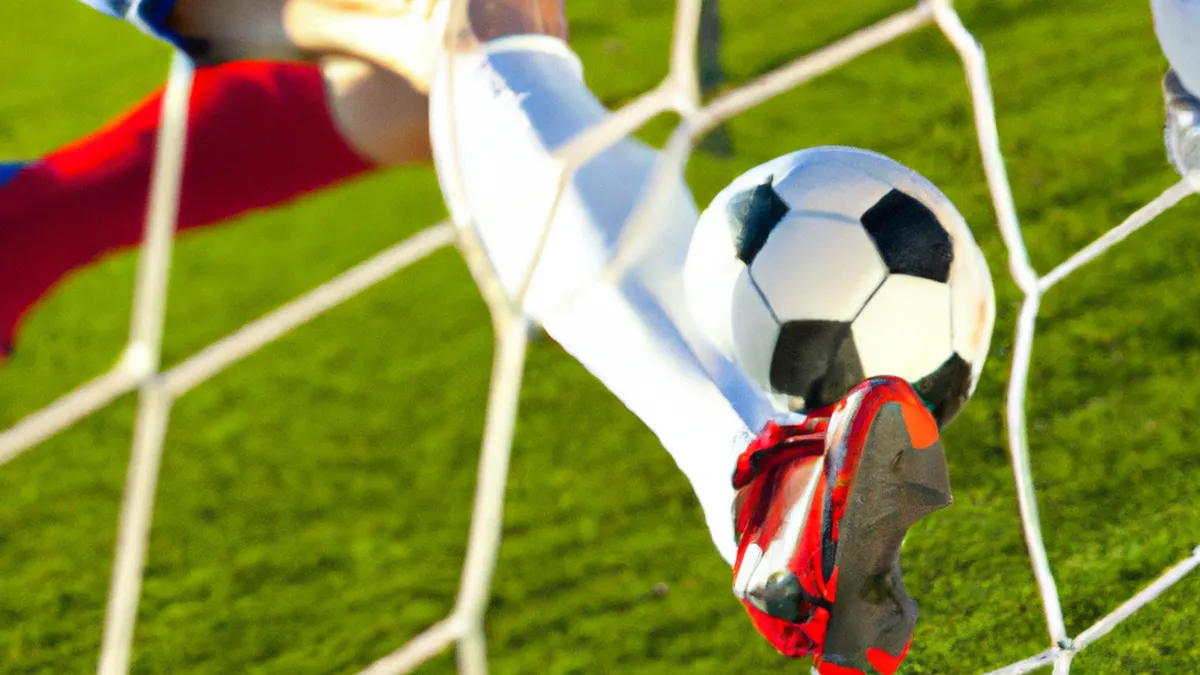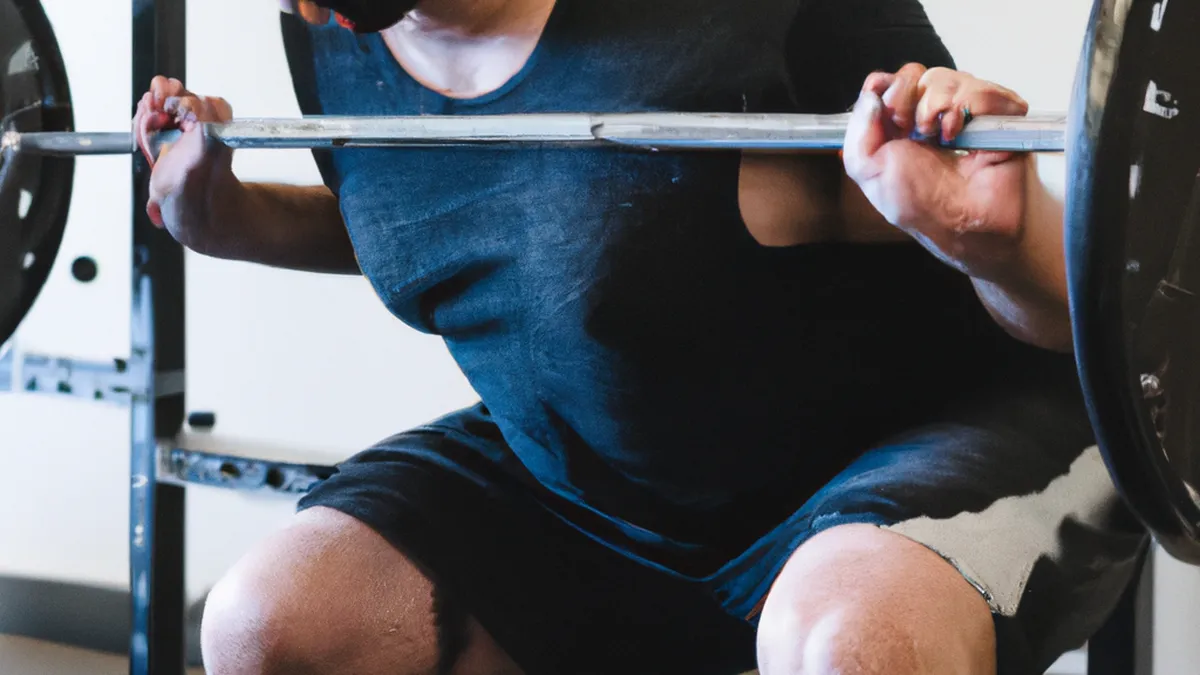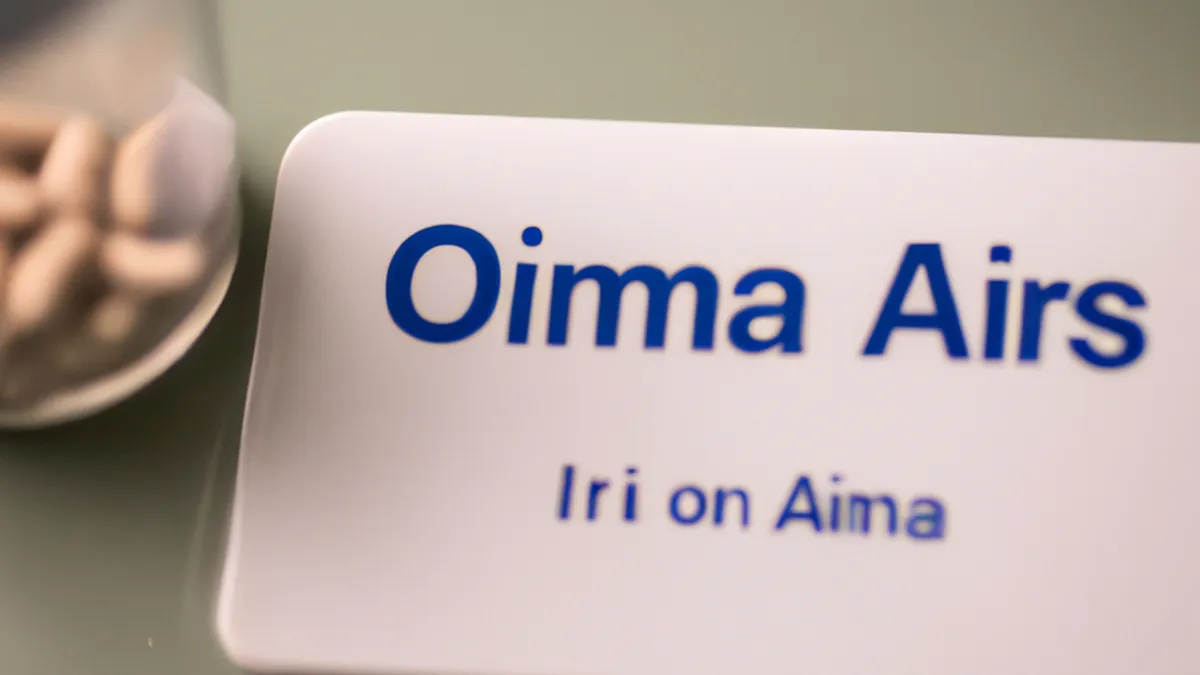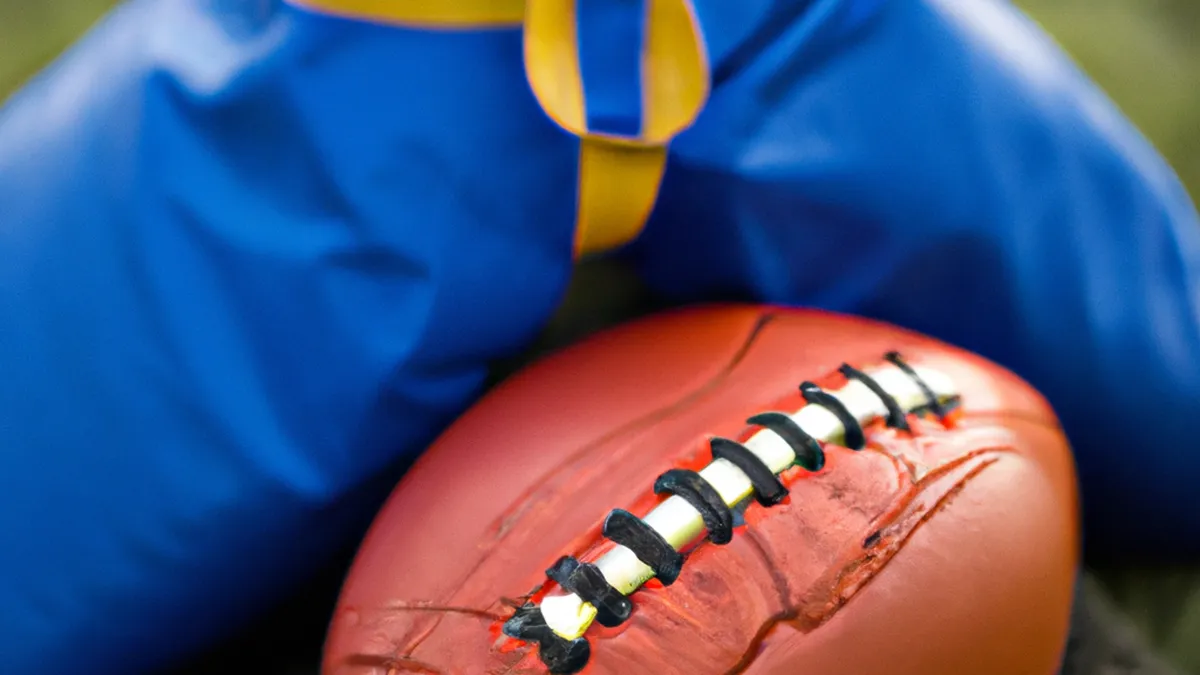She Plays Hard: Risks in Women’s Soccer
Injury Risks Unique to WomenWomen encounter unique injury risks in sports and daily life. Understanding these risks empowers women to take preventive measures. This blog post explores specific injury risks, prevention tips, and safety benefits.
Understanding Unique Injury Risks
Women experience injuries differently than men. Several factors contribute to this difference. Hormonal differences, anatomical variations, and societal norms all influence injury risks. For instance, women face a higher risk of anterior cruciate ligament (ACL) tears and stress fractures.
Anatomical Differences
Anatomical differences significantly affect injury risks. Women generally have wider hips, which impacts biomechanics during activities. This pelvic structure creates a greater Q-angle at the knee, increasing knee injury risks, especially ACL tears. Studies show women are up to eight times more likely to suffer ACL injuries than men, particularly in sports involving jumping or sudden movements.Moreover, women often possess less muscle mass in the lower body. This lack of muscle can lead to instability, increasing susceptibility to falls and injuries. The strength-to-weight ratio also affects how women absorb impact during activities, raising their injury risk.
Hormonal Influences
Hormones significantly influence women’s injury risks. Estrogen affects collagen synthesis in ligaments and tendons, impacting their strength and flexibility. While flexibility can be beneficial, it may also lead to injuries. For example, certain menstrual cycle phases increase ligament laxity, raising ACL tear risks.Research indicates women experience more injuries during the premenstrual phase due to hormonal changes. Recognizing these patterns helps women time their training and activities to minimize risks.
Societal Factors
Social norms and expectations also influence women’s injury risks. Women often engage in less intense sports due to cultural pressures, leading to overuse injuries in higher-impact activities. Many women feel societal pressure to maintain appearances, pushing their bodies harder to achieve fitness goals. This behavior can heighten injury likelihood, especially without proper training techniques.Additionally, limited representation in sports science research results in a lack of tailored injury prevention programs for women. Most historical research has focused on male athletes, leaving women without essential information on their unique risks.
Tips for Injury Prevention
As an Amazon Associate I earn from qualifying purchases.
Gear tip: consider soccer ball, soccer cleats, and resistance bands set to support this topic.
Proactive steps can significantly reduce injury risks for women. Here are practical tips to consider:1. **Strength Training**: Include strength training in your routine at least two to three times a week.
Conclusion
Understanding unique injury risks enables women to take proactive measures to stay safe and healthy.
Below are related products based on this post:
FAQ
What unique injury risks do women face?
Women encounter unique injury risks due to hormonal differences, anatomical variations, and societal norms. They are particularly susceptible to injuries like anterior cruciate ligament (ACL) tears and stress fractures, which are influenced by their physical structure and hormonal fluctuations.
How do anatomical differences impact women’s injury risks?
Anatomical differences, such as wider hips and a greater Q-angle at the knee, increase the risk of knee injuries in women. Additionally, women typically have less muscle mass in the lower body, which can lead to instability and a higher likelihood of falls and injuries.
What role do hormones play in women’s injury risks?
Hormones, particularly estrogen, affect the strength and flexibility of ligaments and tendons in women. Fluctuations in hormone levels, especially during the menstrual cycle, can lead to increased ligament laxity and a higher risk of ACL tears, particularly during the premenstrual phase.















Post Comment